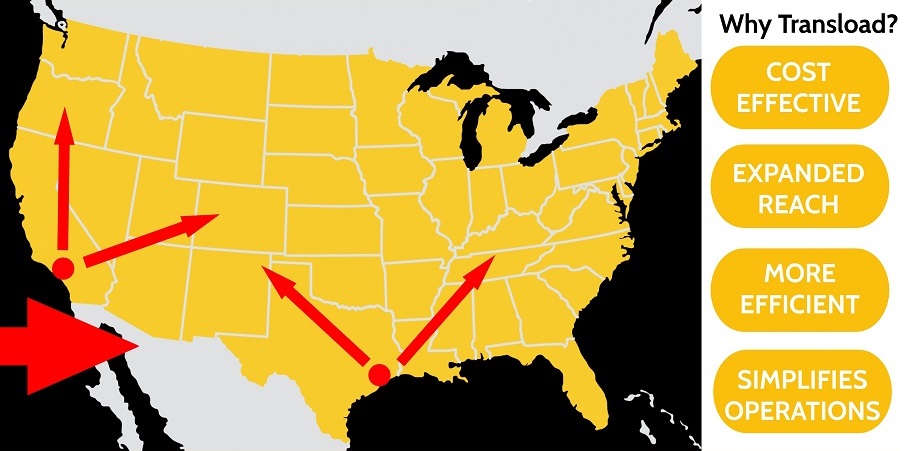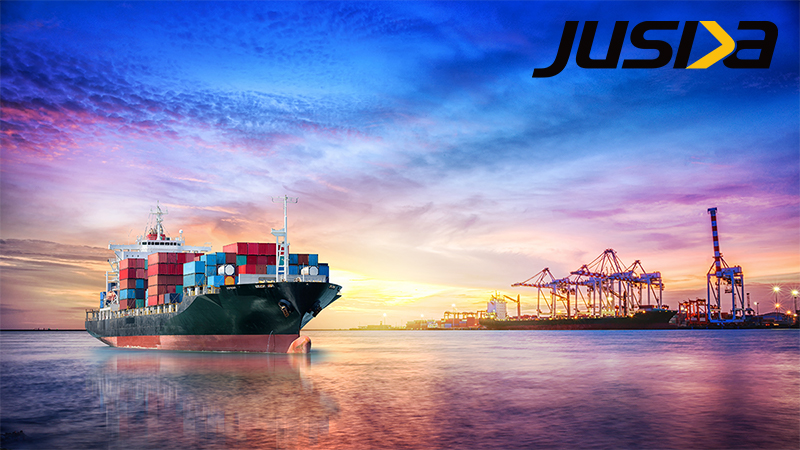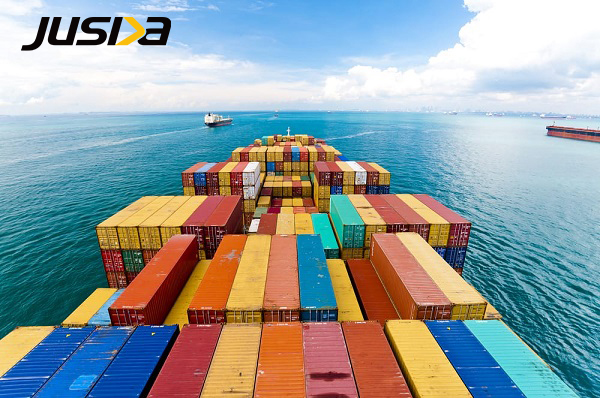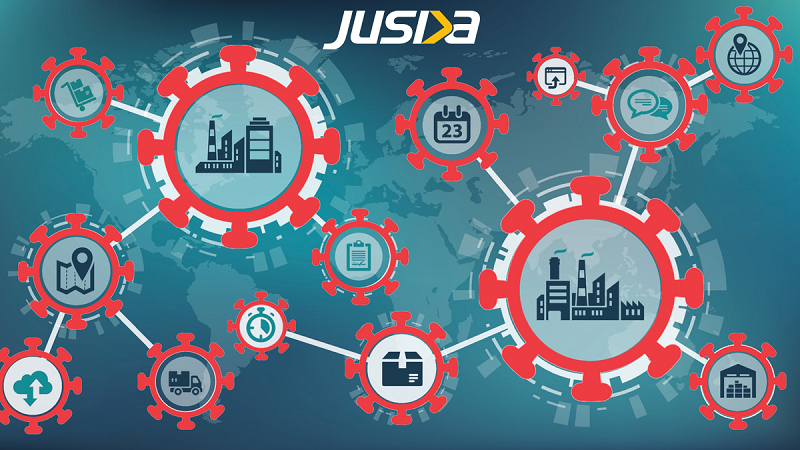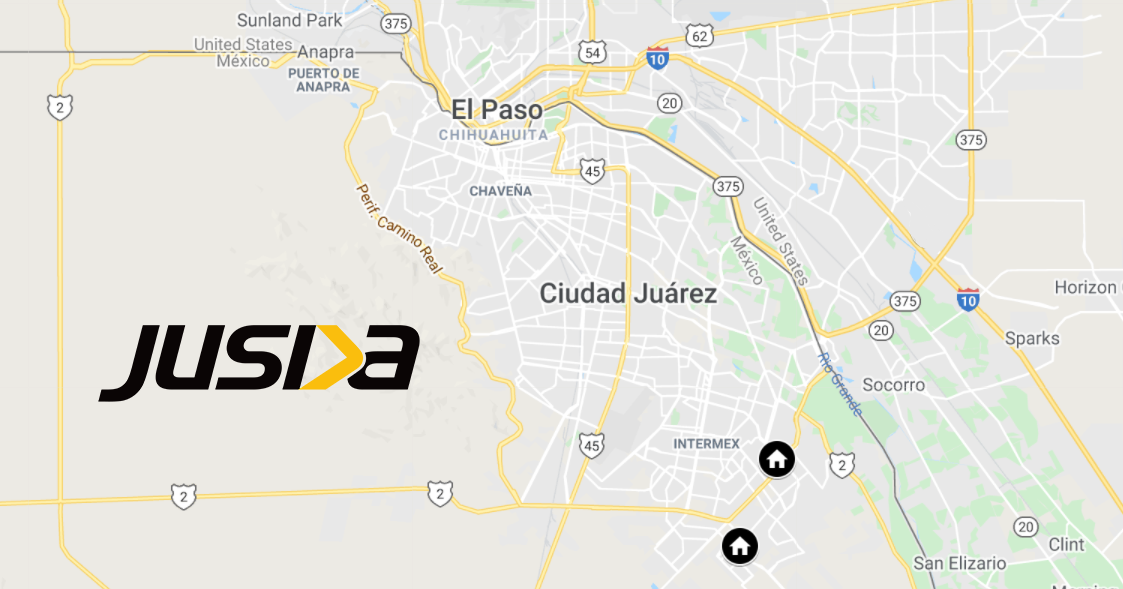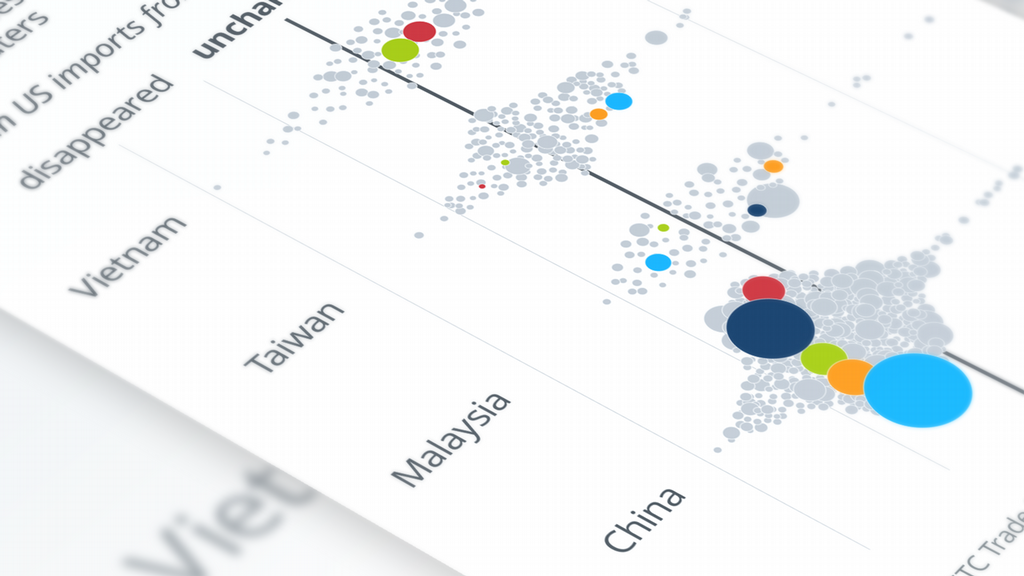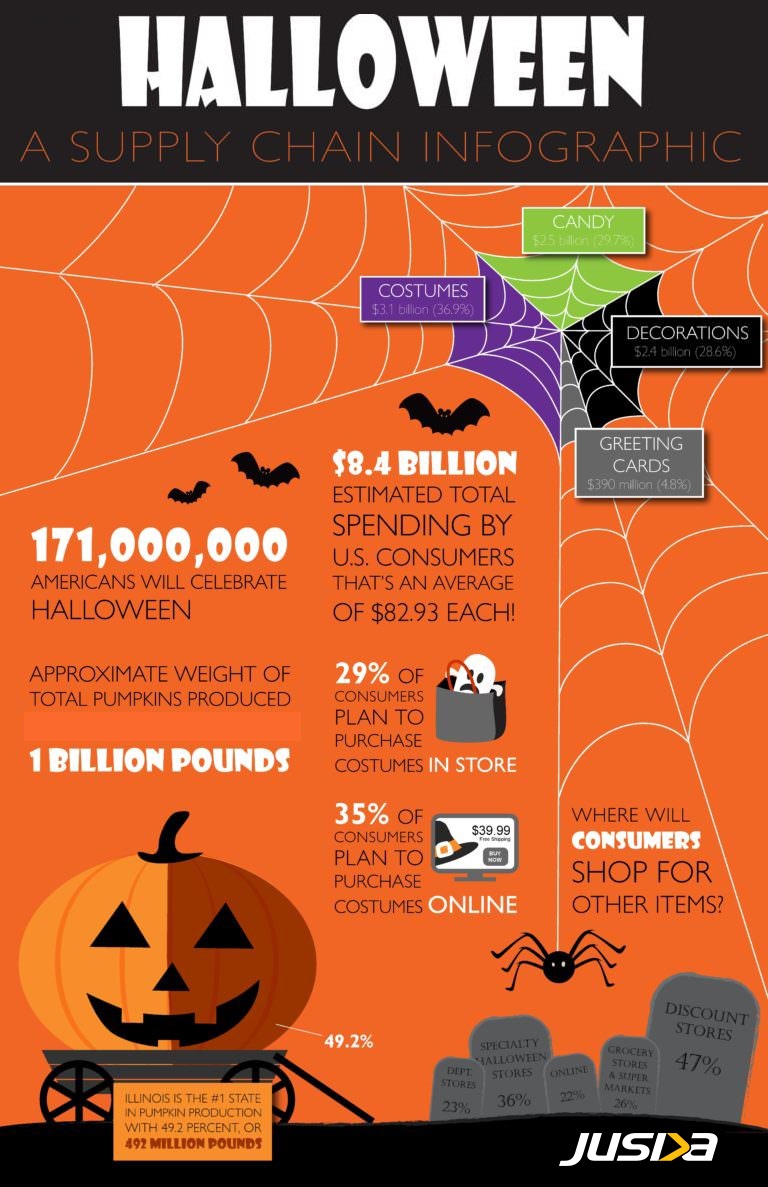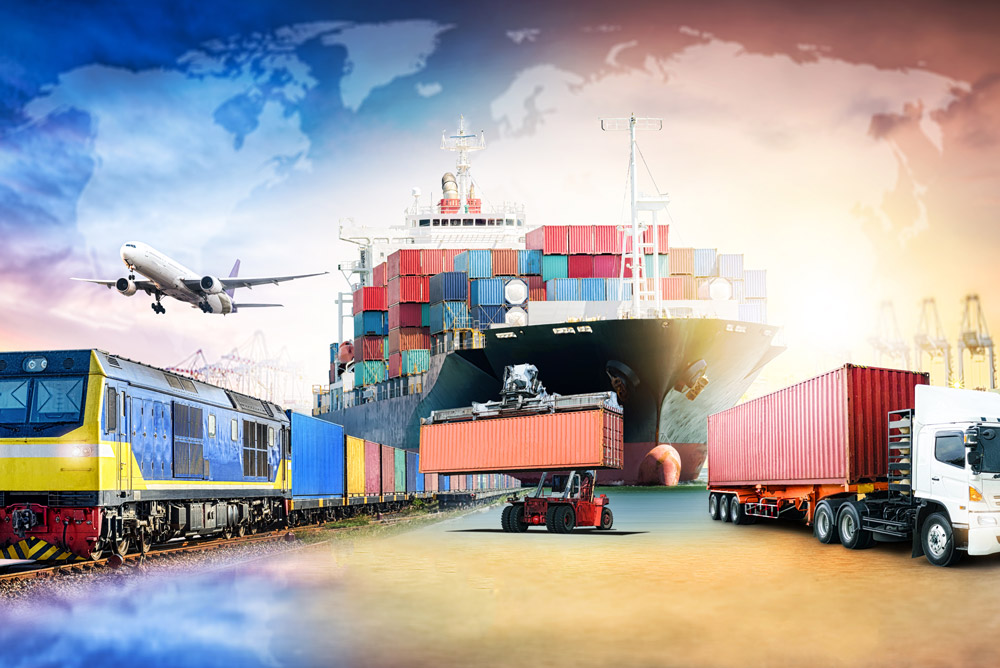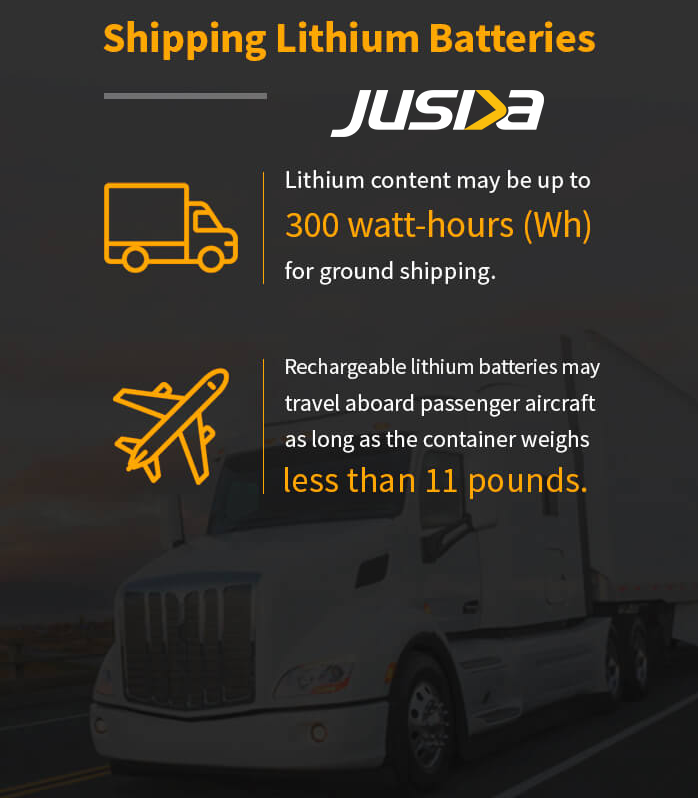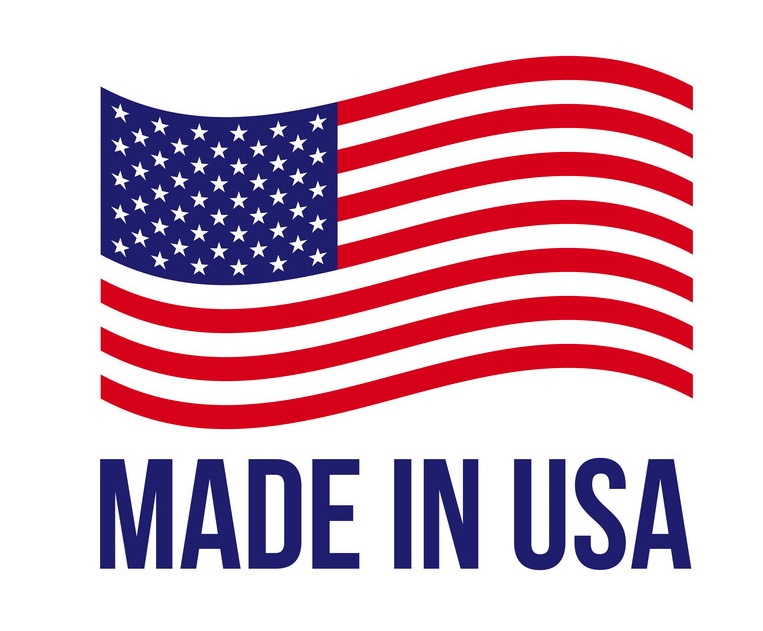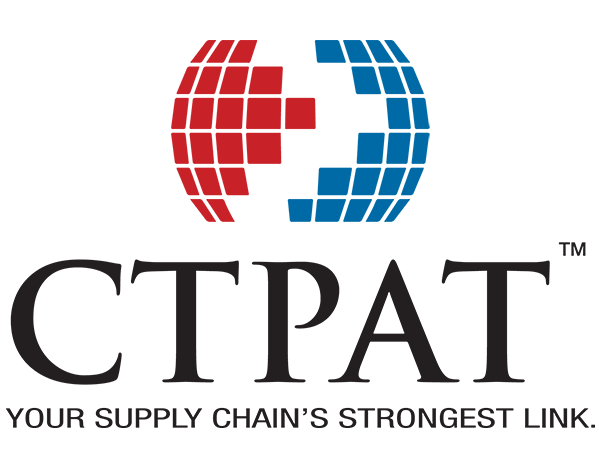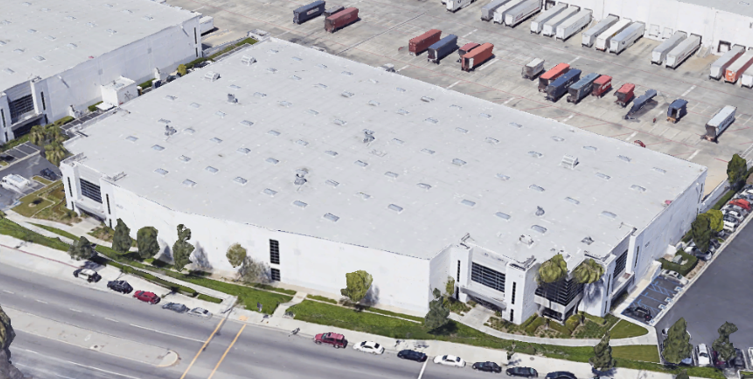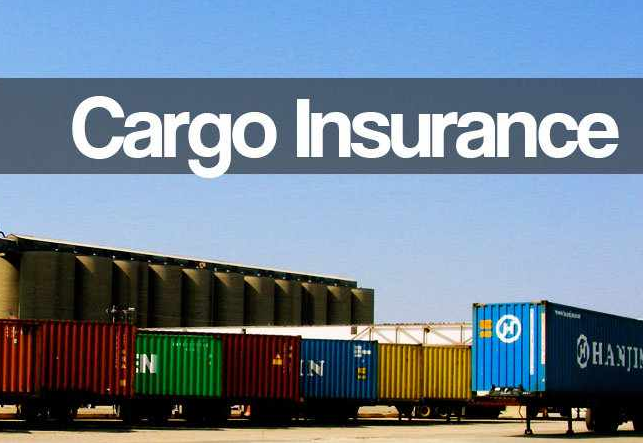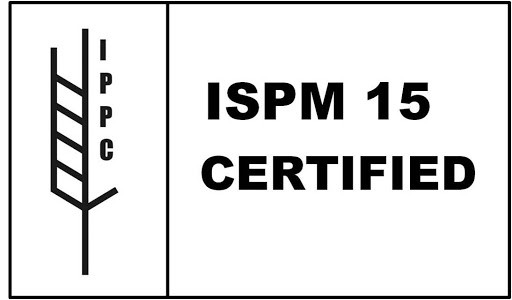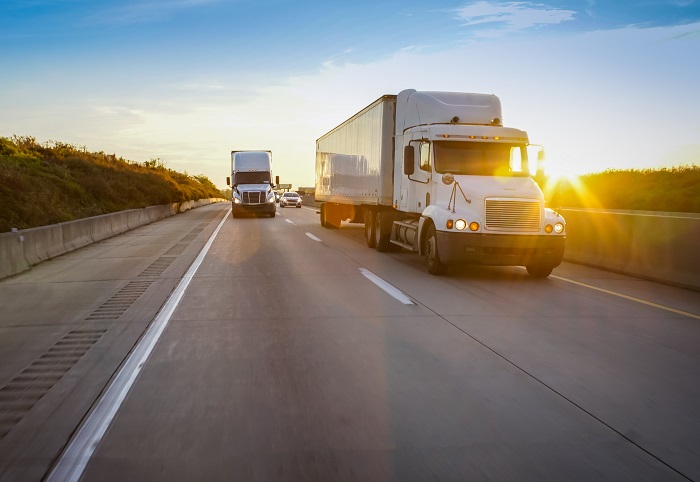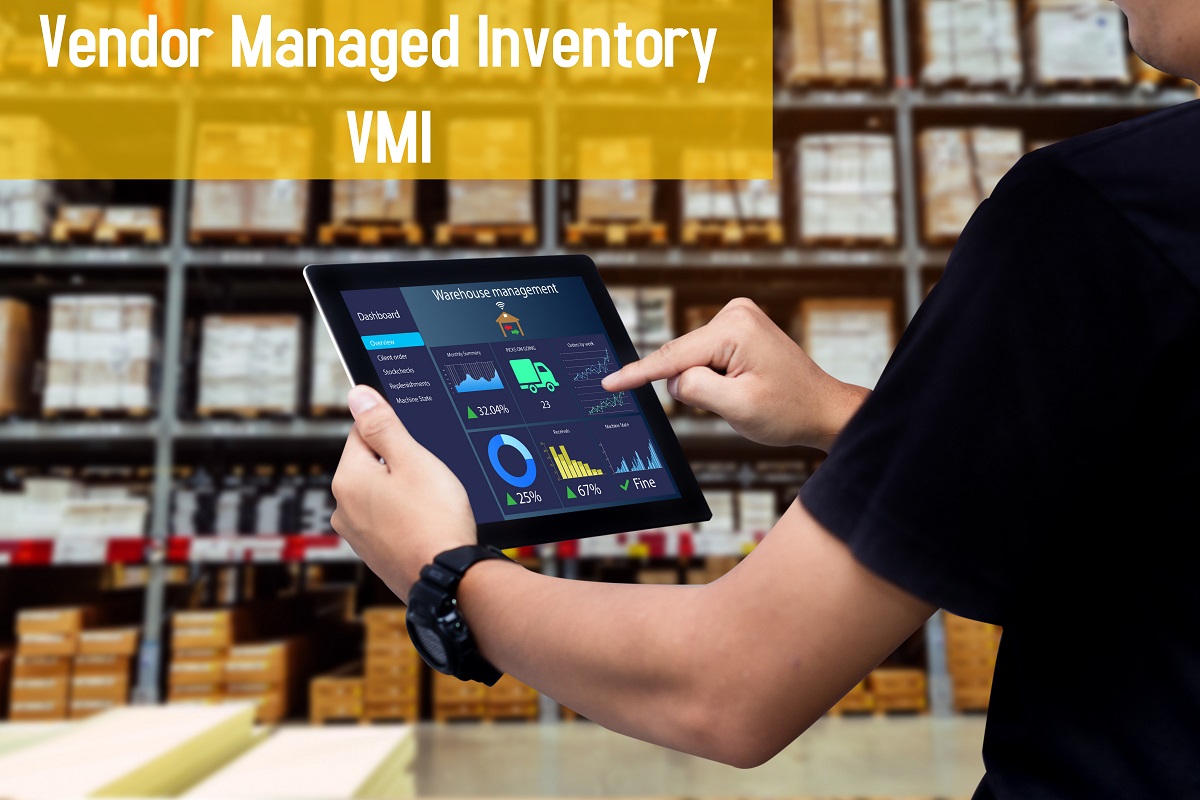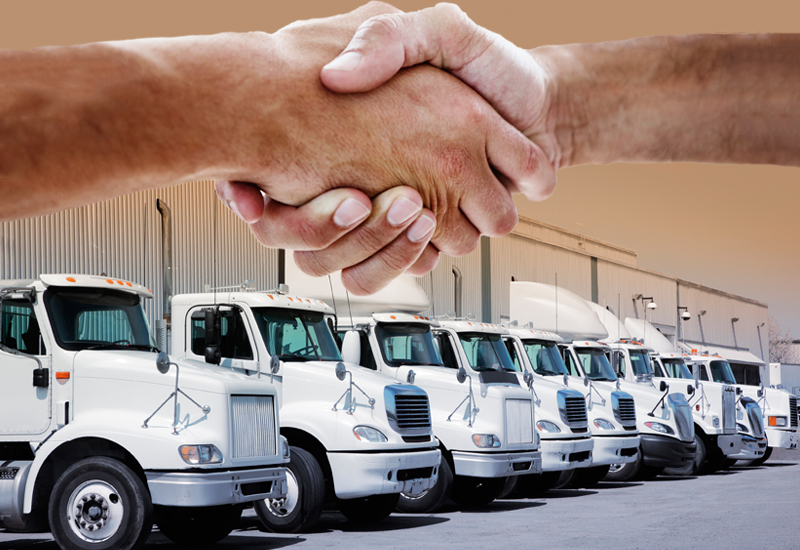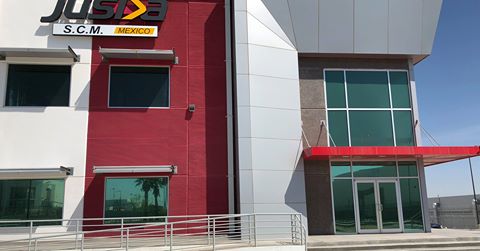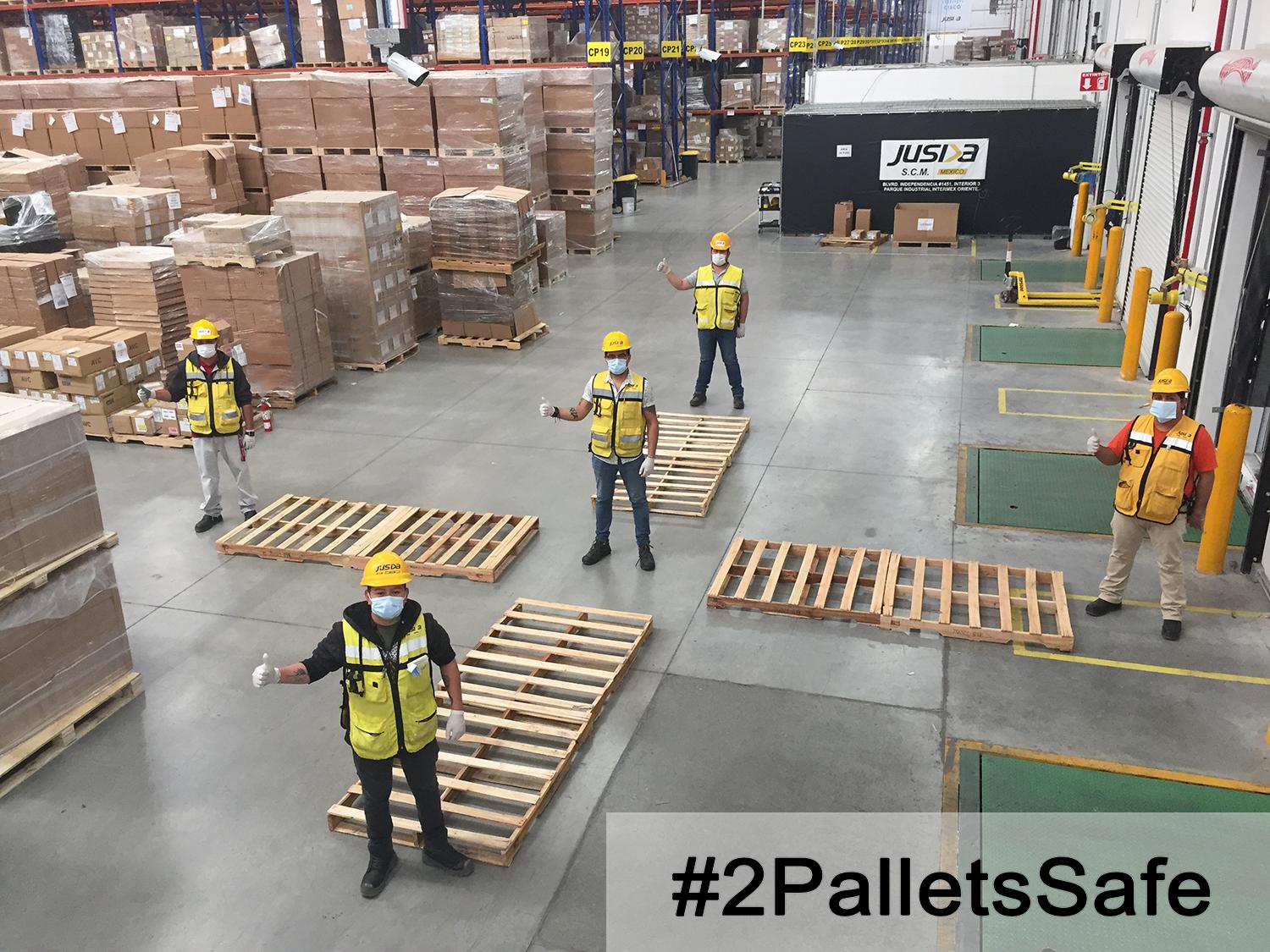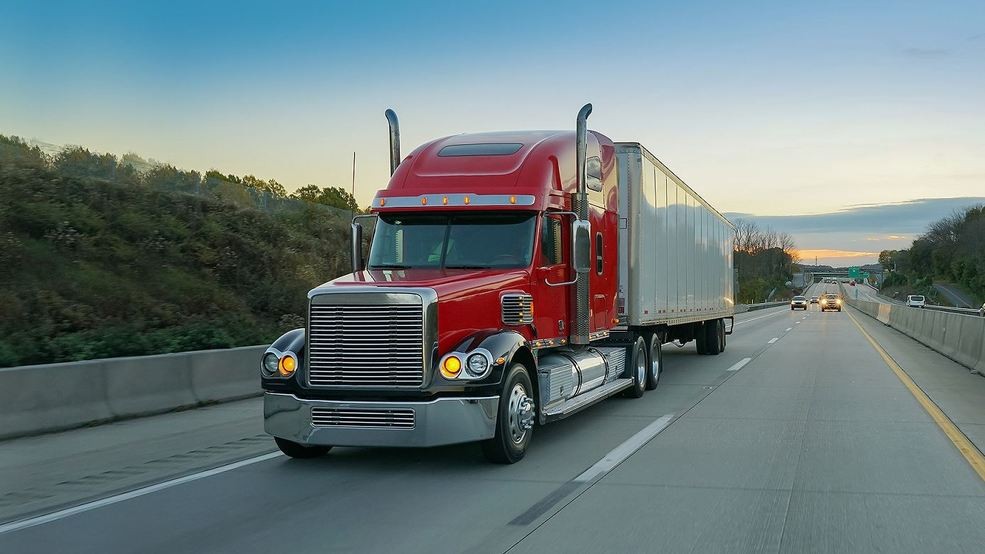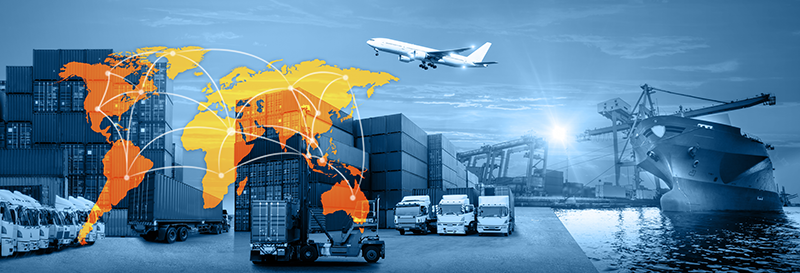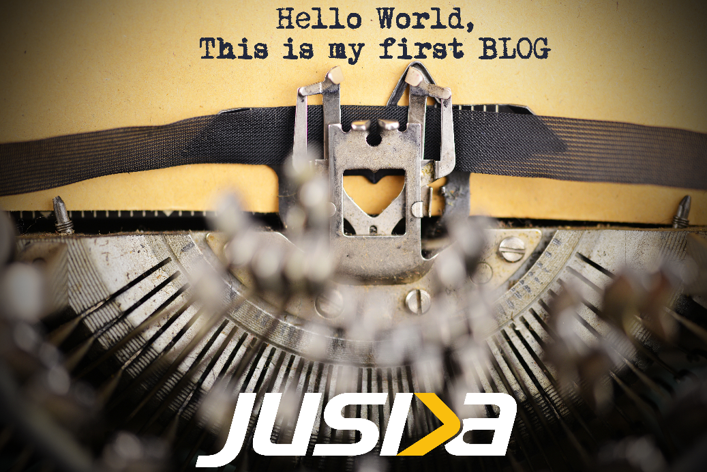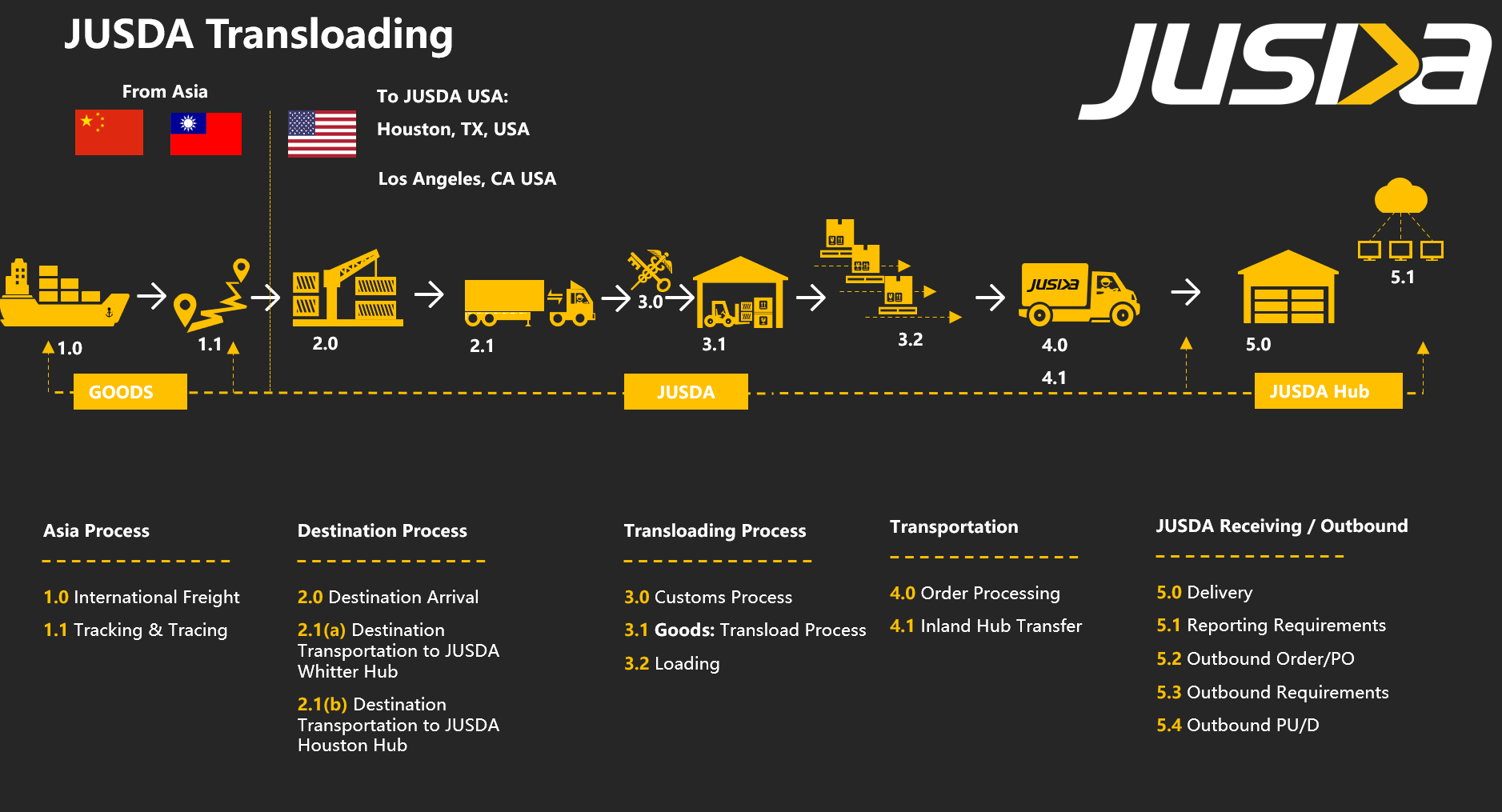
Transloading
JUSDA Transloading
Transloading is the process of transferring a shipment from one mode of transportation to another. It is most commonly employed when one mode cannot be used for the entire trip, such as when goods must be shipped internationally from one inland point to another. Such a trip might require transport by truck to an airport, then by airplane overseas, and then by another truck to its destination; or it might involve bulk material (such as coal) loaded to rail at the mine and then transferred to a ship at a port. Transloading is also required at railroad break-of-gauge points, since the equipment between lines is not compatible.
Avoid Distribution Centers
Shipments often follow a formula something like this:
- Trucks or shipping containers are loaded and sent to a destination city.
- They are unloaded onto other trucks and sent to a distribution center (DC).
- The DC unpacks the shipment, groups the products by destination and then reloads them onto another set of trucks.
- Those trucks finally make it to the actual recipient.
This process is long, involved and costly. Not only does shipping to a DC cost you time and money, but it can actually produce delays with your shipment. Transloading helps you avoid all of that. When a shipment arrives at our Los Angeles transloading center, it is immediately unpacked, or “destuffed,” if you are using seafaring terminology.
Once the shipment is unloaded it can be packed into trucks and sent where it needs to go. Not only do you avoid the distribution center all together, you are free to fill up larger containers that can be used at sea or on trains. Shipping in a larger volume this way can help you save money.
JUSDA Transloading Gives You the Flexibility You Need!
FOUR REASONS TO TRANSLOAD
1. IT’S COST-EFFECTIVE
When you’re shipping long haul, transloading can be a cost-effective option because it gives you the flexibility to use different shipping methods at competitive prices. For example, since rail is more widely used for long haul, it is typically cheaper to do a long-haul shipment via rail than road. With transloading, you can get the better rate by hauling via rail and then moving the items to a truck when closer to the delivery destination. This allows you to secure the better rate while still getting your shipment where it needs to go.
2. IT HELPS EXPAND YOUR REACH
With transloading, you can use the various shipment methods to reach different areas, both domestically and internationally. For example, if you only rely on rail or road, your shipments may be landlocked. However, transloading allows you to move your shipment from rail or road to water, which can help you reach more destinations and grow your business.
3. IT MAKES SHIPPING MORE EFFICIENT
Transloading storage facilities create shipment efficiencies for your business. Instead of constantly shipping your items from its point of origin to various locations, you can store the items in a storage facility either near your biggest customers or near your production facility. Then, when an order needs to be fulfilled, you can have it shipped directly from the storage facility to the customer. This will take less time to accomplish and will cost you much less. You’ll enjoy the cost savings, and your customer will enjoy getting their items in a timely fashion.
4. IT SIMPLIFIES YOUR OPERATIONS
Shipping bulk or heavy materials can create some challenges, but transloading allows you to consolidate your shipment to make it easier to transport as well as more affordable. For example, what may require 60+ trucks to move could be done using one barge. This not only consolidates your shipment from over 60 to one load, but it can also cost less.
